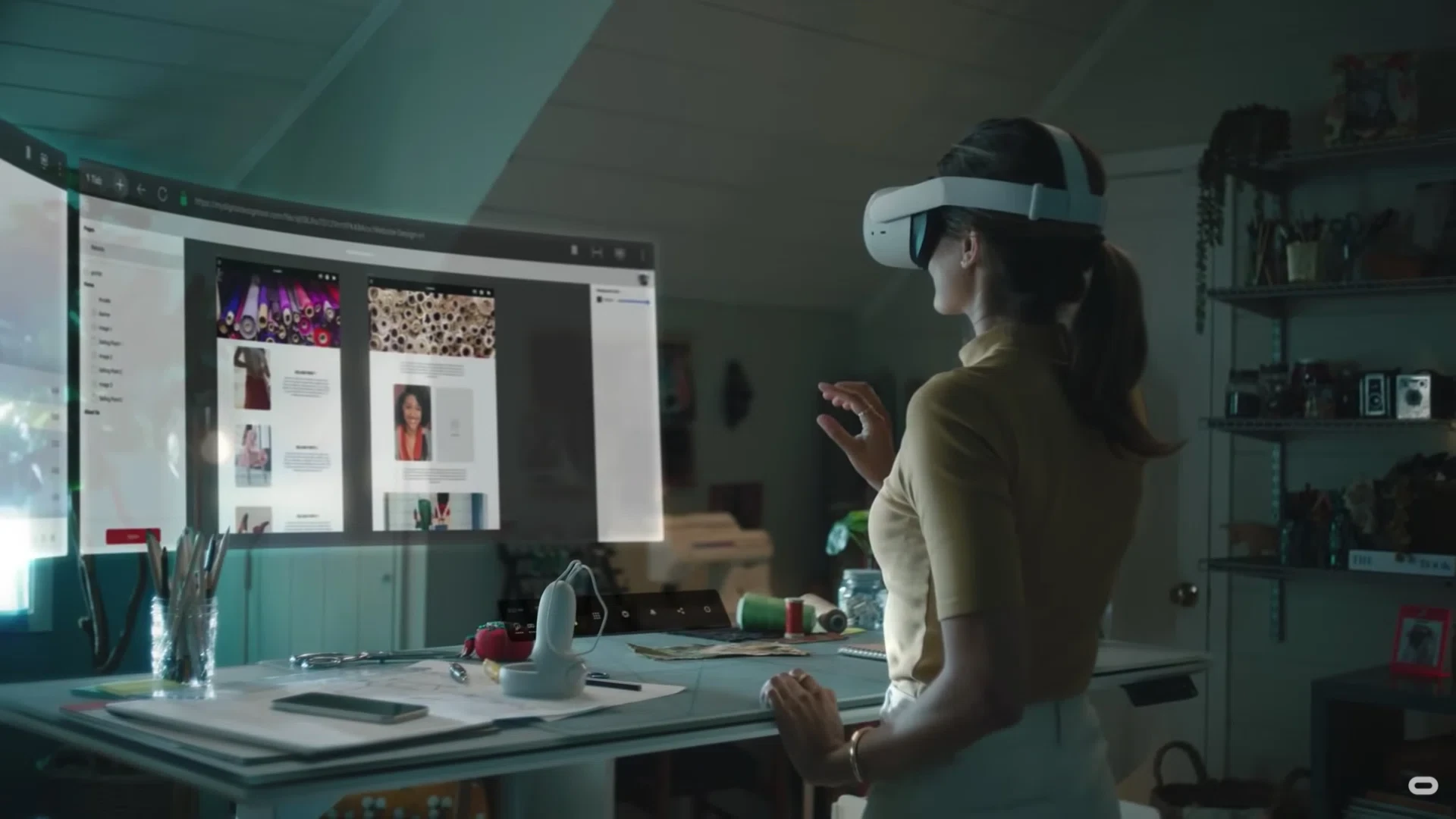Remember the office? The hum of conversation, the spontaneous whiteboard session, the simple act of leaning over to ask a quick question. For distributed teams, that’s often gone. Replaced by a grid of faces on a screen that, let’s be honest, can feel more like a surveillance panel than a collaborative space.
But what if you could get that sense of shared presence back? What if your team could gather not in a video call, but in a digital headquarters, walking from the “project brainstorming room” to the “client presentation amphitheater”? This is the promise—and the challenge—of the metaverse for business. It’s not just a fancy video game; it’s a fundamental shift in how we perceive shared space and interaction. Let’s dive in.
Why a Virtual Workspace Beats Another Video Call
Video conferencing got us through the remote work revolution. But it has limits. It’s exhausting. It kills nuance and side conversations. It’s, well, flat. A 3D virtual workspace, on the other hand, adds a spatial dimension to communication. You can hear a conversation get louder as you approach a group, just like in real life. You can make eye contact with an avatar. The sense of “being there” is profoundly different.
This isn’t just a feeling. Spatial audio and shared environments combat what experts call “Zoom fatigue” by engaging our brains in a more natural way. It’s the difference between talking at someone and talking with them in a shared space.
Core Principles of Metaverse Team Coordination
Jumping into a virtual world without a plan is a recipe for chaos. Effective metaverse team coordination hinges on a few key principles. You have to build a new playbook, essentially.
1. Intentional Space Design
Your virtual office shouldn’t be a random collection of floating platforms. Design matters. Create distinct areas for different types of work:
- Hubs for Serendipity: A virtual water cooler or coffee station where avatars can mingle. This is where those unplanned, creative conversations happen.
- Focused Work Pods: Sound-dampened private spaces for deep work.
- Collaborative Workshop Rooms: Equipped with interactive whiteboards, 3D model viewers, and sticky notes for brainstorming sessions that feel tactile.
- Presentation Theaters: For all-hands meetings or client pitches where the scale and setting convey importance.
2. Establishing a New Meeting Etiquette
The rules are different here. Do you raise your hand? Do you use a proximity-based “voice chat” to have a side conversation? You need to define this. For instance, a common practice is to use non-verbal cues—like having an avatar wave or clap—to signal you want to speak without the awkward “you go, no you go” of video calls.
And what about focus? In a rich 3D world, distraction is a real risk. Setting clear agendas and using interactive tools to keep everyone engaged is non-negotiable for successful virtual workspace management.
3. Asynchronous is Still King
Don’t fall into the trap of thinking the metaverse is only for live meetings. The most powerful setups allow for asynchronous collaboration. A team member in Tokyo can leave a 3D model and a voice note in the project room for their colleague in New York to review hours later. This persistent, shared environment becomes a living document of the project’s progress.
The Toolkit: What You Need to Get Started
You don’t need a multi-million dollar budget. Honestly, the landscape is maturing fast with platforms catering to different needs. Here’s a quick, non-exhaustive look at the types of tools available.
| Platform Type | Examples | Best For |
| Corporate-Focused | Meta Horizon Workrooms, Microsoft Mesh | Integrating with existing office suites, formal meetings. |
| Creative & Flexible | Mozilla Hubs, Spatial.io | Brainstorming, prototyping, and highly customizable spaces. Accessible via browser or VR. |
| Gaming-Engines | NVIDIA Omniverse | Complex 3D design collaboration, engineering, and real-time simulation. |
The hardware question is big, too. VR headsets offer the highest immersion, but requiring them can be a barrier. The best strategy, for now, is often a hybrid one: choose platforms that are accessible via desktop, so everyone can participate, while allowing those with VR to enjoy a deeper level of presence.
Navigating the Human Hurdles
Okay, so the tech is there. But the people? That’s the real challenge. You’ll face resistance. Some will feel silly as an avatar. Others will struggle with the motion controls. The learning curve is real.
The key is to start small. Don’t mandate a 5-day-a-week metaverse presence. Begin with a single, fun team-building activity or a weekly creative review. Make it low-stakes. Offer training that focuses on the “why” as much as the “how.” Celebrate the small wins—like the first time a team successfully used a collaborative whiteboard without a hitch.
And we have to talk about the avatar elephant in the room. Identity and representation in these spaces are tricky. Allowing a degree of personal expression is crucial for psychological safety and buy-in. A customizable avatar isn’t a distraction; it’s a tool for building connection.
The Future is a Hybrid of Physical and Digital
So where does this leave us? The future of work isn’t purely physical or purely virtual. It’s a fluid blend. The goal of metaverse team coordination isn’t to replace every tool we have. It’s to add a powerful new layer to our toolkit—one that finally solves for the sense of shared presence and spatial collaboration that flat screens simply cannot provide.
It’s about creating a digital home for your team’s culture. A place that exists beyond the lifespan of a video call link. The companies that figure this out—that learn to manage these virtual workspaces with intention and humanity—won’t just have a tech advantage. They’ll have a fundamental human one.
They’ll be the ones who finally cracked the code on true connection, from anywhere.


